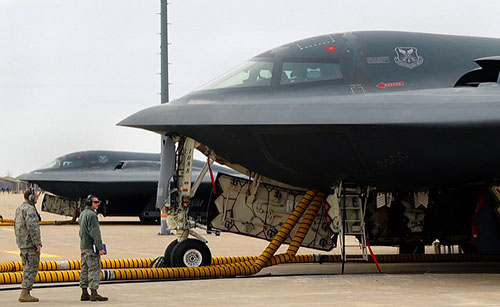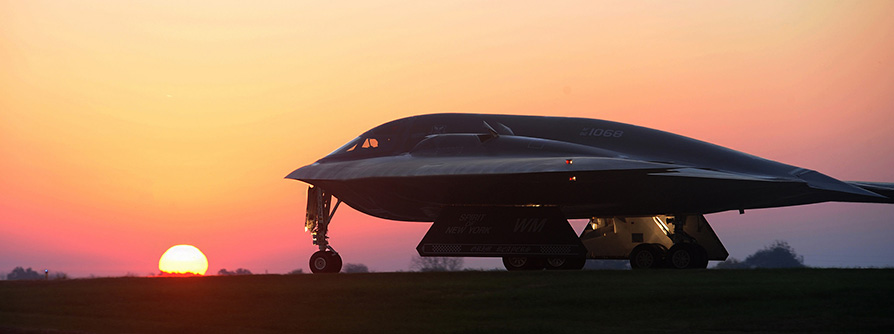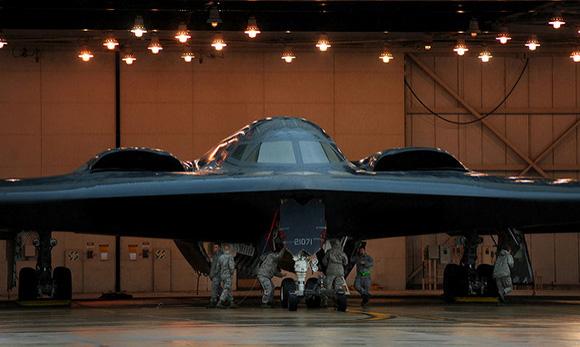AMI Industries Inc., United Technology Corp. Aerospace Co. and Colorado Springs have won a $ 14 million contract for a new ACES II ejection seat for the B-2 fleet. This is what is stated in a note issued by the Department of Defense.
The delivery of the Advanced Concept Ejection Seat must be completed by 30 December 2018.
This contract - reads the note from the Department of Defense - was designed to provide a safer means of escape for Air Force pilots, reducing maintenance costs and time when removing or installing child seats.
Removal of the B-2 escape hatches will not be required for any maintenance. Research and development costs, including testing, amount to $ 5 million. Built in twenty-one examples (one lost in an accident in 2008), the B-2s Spirit of Northrop Grumman represent the only low observability asset of the US Air Force to which strategic projection is entrusted. The Air Force will keep the B-2 in active service until 2058.
 According to the Congressional Research Service, sixteen B-2s are on active duty, but only nine are ready for combat. The number drops further to six, as three B-2s are always in training. The rest of the fleet is ashore for maintenance.
According to the Congressional Research Service, sixteen B-2s are on active duty, but only nine are ready for combat. The number drops further to six, as three B-2s are always in training. The rest of the fleet is ashore for maintenance.
According to the new Scheduled Depot Maintenance of the Air Force, the maintenance that provides for the complete restoration of the external surfaces of the aircraft will take place every nine years and no longer every seven. The new nine-year review cycle will reduce the average lifespan of a PDM to 365 days from the expected 400. The B-2s will enter the full restoration phase at a rate of one aircraft every six months.
The entire B-2 fleet currently operates with the named software package Flexible Strike Phase-1. The update was necessary to simplify the aircraft's weapons management software. Previously, the aircraft had different programs for specific mission profiles. In the package Flexible Strike Phase-1 also planned processors with greater computing power, fiber optic network, increased data storage and EHF communications via satellite.

(photo: US Air Force)












